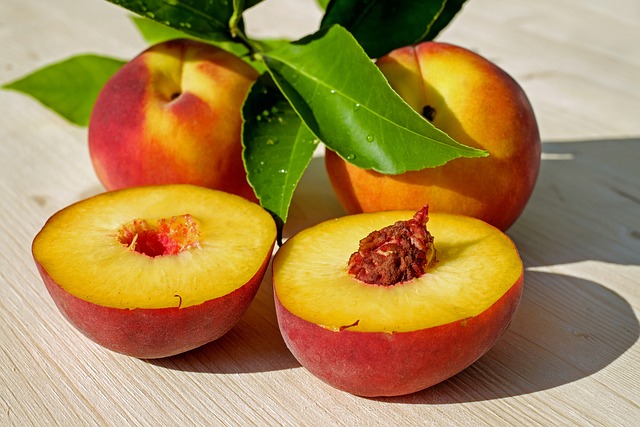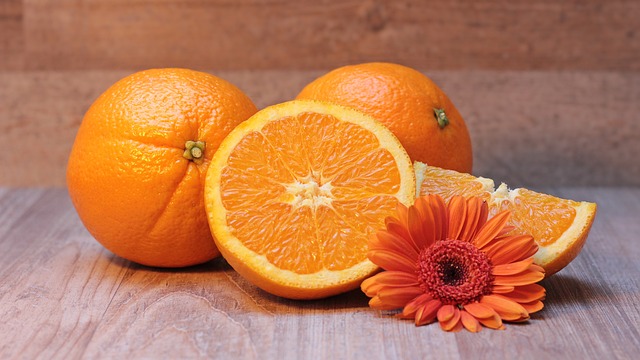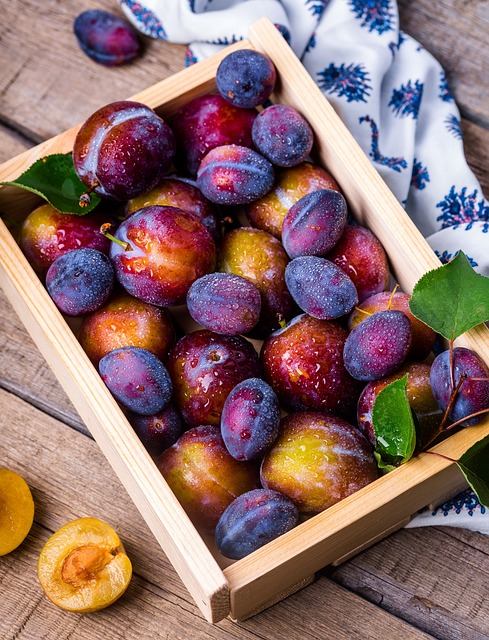A Beginner’s Guide to Prebiotics and Probiotics: Understanding the Dynamic Duo
When it comes to maintaining a healthy gut, two important terms often come up in discussions – prebiotics and probiotics. While they may sound similar, they play distinct roles in promoting good gut health. In this beginner’s guide, we will explore the fascinating world of prebiotics and probiotics, understanding their benefits and how they work hand in hand to support a healthy digestive system.
What are Prebiotics?
Prebiotics are non-digestible fibers that act as food for the beneficial bacteria residing in your gut. They are essentially the fuel that helps probiotics thrive and do their job effectively. Unlike probiotics, which are living microorganisms, prebiotics are indigestible plant fibers found in certain fruits, vegetables, and whole grains.
Some common food sources of prebiotics include:
- Garlic
- Onions
- Bananas
- Asparagus
- Chicory root
- Whole wheat
Consuming prebiotic-rich foods helps stimulate the growth and activity of good bacteria, such as Lactobacillus and Bifidobacterium, in the gut. These beneficial bacteria are essential for maintaining a healthy balance in your digestive system.
What are Probiotics?
Probiotics, on the other hand, are live microorganisms that provide numerous health benefits when consumed in adequate amounts. These beneficial bacteria can be found naturally in certain foods or can be taken as dietary supplements.
The most common types of probiotics include:
- Lactobacillus acidophilus
- Bifidobacterium bifidum
- Escherichia coli (E. coli)
- Saccharomyces boulardii
Probiotics help support a healthy gut by preventing the overgrowth of harmful bacteria, improving digestion, enhancing nutrient absorption, and strengthening the immune system. They also assist in the production of essential vitamins, such as vitamin K and some B vitamins.
The Dynamic Duo: How Prebiotics and Probiotics Work Together
Think of prebiotics as the nourishment for probiotics. Prebiotics create an ideal environment in the gut for probiotics to thrive and exert their positive effects. By consuming prebiotic-rich foods, you are essentially providing food and support for the good bacteria in your digestive system.
When prebiotics reach the colon, they are fermented by the gut bacteria, leading to the production of short-chain fatty acids. These fatty acids help lower the pH level in the gut, creating an unfavorable environment for harmful organisms to survive. This acidic environment created by the fermentation process also promotes the growth of probiotics.
Together, prebiotics and probiotics work synergistically, promoting a healthy gut microbiome. The gut microbiome refers to the complex community of microorganisms residing in your digestive tract, which plays a crucial role in various aspects of your health.
Their Health Benefits
By incorporating prebiotics and probiotics into your diet, you can experience a range of health benefits, including:
- Improved digestion and nutrient absorption
- Enhanced immune function
- Reduced risk of certain digestive disorders, such as irritable bowel syndrome (IBS) and inflammatory bowel disease (IBD)
- Improved mental health and mood
- Lowered risk of allergies and eczema in infants
- Regulated bowel movements
- Reduced inflammation in the gut
It’s important to note that the benefits of prebiotics and probiotics can vary among individuals. Factors such as your overall health, diet, and lifestyle choices can influence how these “friendly” bacteria work in your body.







